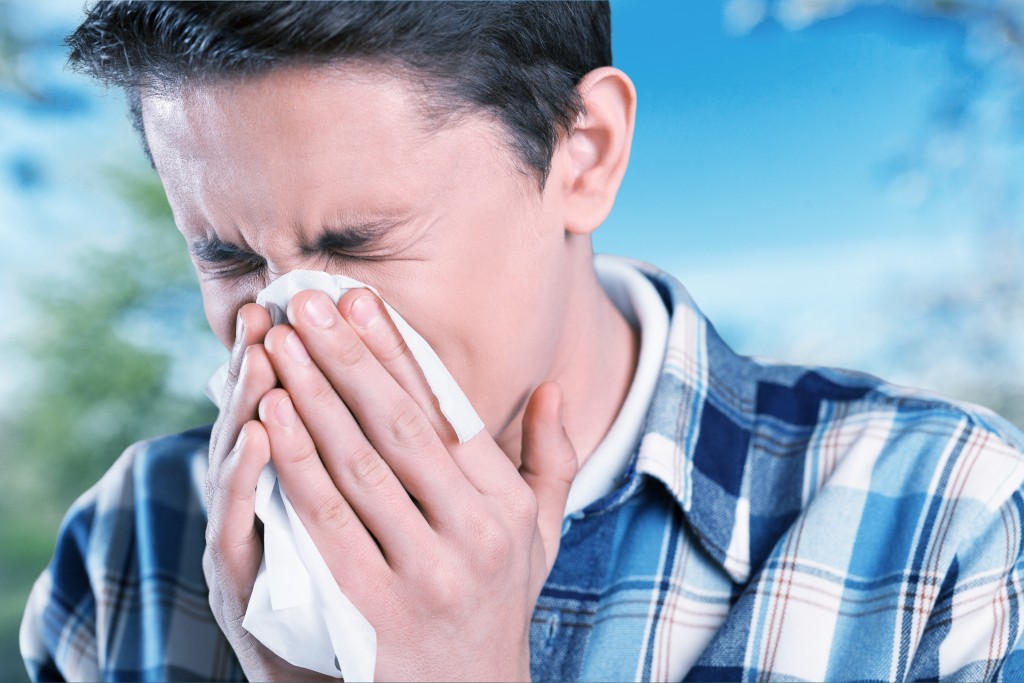While COVID-19 dominates today’s news and headlines, one disease has been evading scientists for decades: the common cold.
According to the Centers for Disease Control and Prevention, the common cold affects adults at an average of 2-3 times per year. For children, it’s more frequent.
It’s so widespread and fairly frequent that when somebody catches a cold and recovers, there’s not much serious thought given to it. You suffer from a runny nose and body aches for a few days, but then you’ll eventually get better. For some, however, complications resulting from a cold can result in death.
Despite the best efforts of scientists and researchers — from medical study volunteer opportunities to collaboration between leading medical institutions — there’s still no sign of an effective antidote for the common cold.
Why is it difficult to cure?
At the core of this medical puzzle is the fact that a range of viruses causes colds. Targeting the respiratory system, these external invaders have become quite adept at subverting the human body’s defenses. Today there are about seven families of viruses that can trigger colds:
- Rhinovirus (the common cause for most adults)
- Coronavirus (SARS-CoV-2, the virus that causes COVID-19, is just one type of coronavirus that was recently discovered)
- Metapneumovirus
- Parainfluenza virus
- Adenovirus
- Respiratory syncytial virus
- Influenza
To make matters more complicated, each virus family can further branch out into serotypes — different sub-virus strains. With such a wide array of permutations that are possible, virologists have an incredibly difficult job on their hands. There needs to be a simultaneous effort to attack multiple strains for a cure to have any meaningful effect.
In the fight against the common cold, the priority right now is curbing Rhinovirus, which causes at least half of all colds.

What’s being done to contain Rhinoviruses?
The rhinovirus family alone comprises at least 160 different serotypes or strains. But this was not yet known back in the 1950s, when scientists first attempted to create a vaccine. As testing and trials were underway, scientists were perplexed to find that people who had been vaccinated continued to catch colds.
So what are some of the efforts currently underway?
Meissa Vaccines is developing a rhinovirus vaccine that covers at least 80 serotypes. These strains were chosen because they are the most widespread among humans.
One positive insight is that rhinovirus doesn’t appear to be mutating fast enough. So far, vaccine mixes from decades ago are mostly still potent against the rhinovirus strains of the 21st century. Scientists are hopeful that once a viable vaccine is mass-produced, it wouldn’t need frequent updates.
That being said, the scientific and medical community are treading lightly. Given the fact that there are still other virus families (e.g., adenovirus, coronavirus) that can cause colds, people would need to be tested before getting vaccinated. Doctors need to make sure that a person does indeed have rhinovirus in the first place. Otherwise, the vaccine would be ineffective.
Plus, with the world increasingly pressed to address the COVID-19 pandemic, containing the common cold will have to wait for now.

